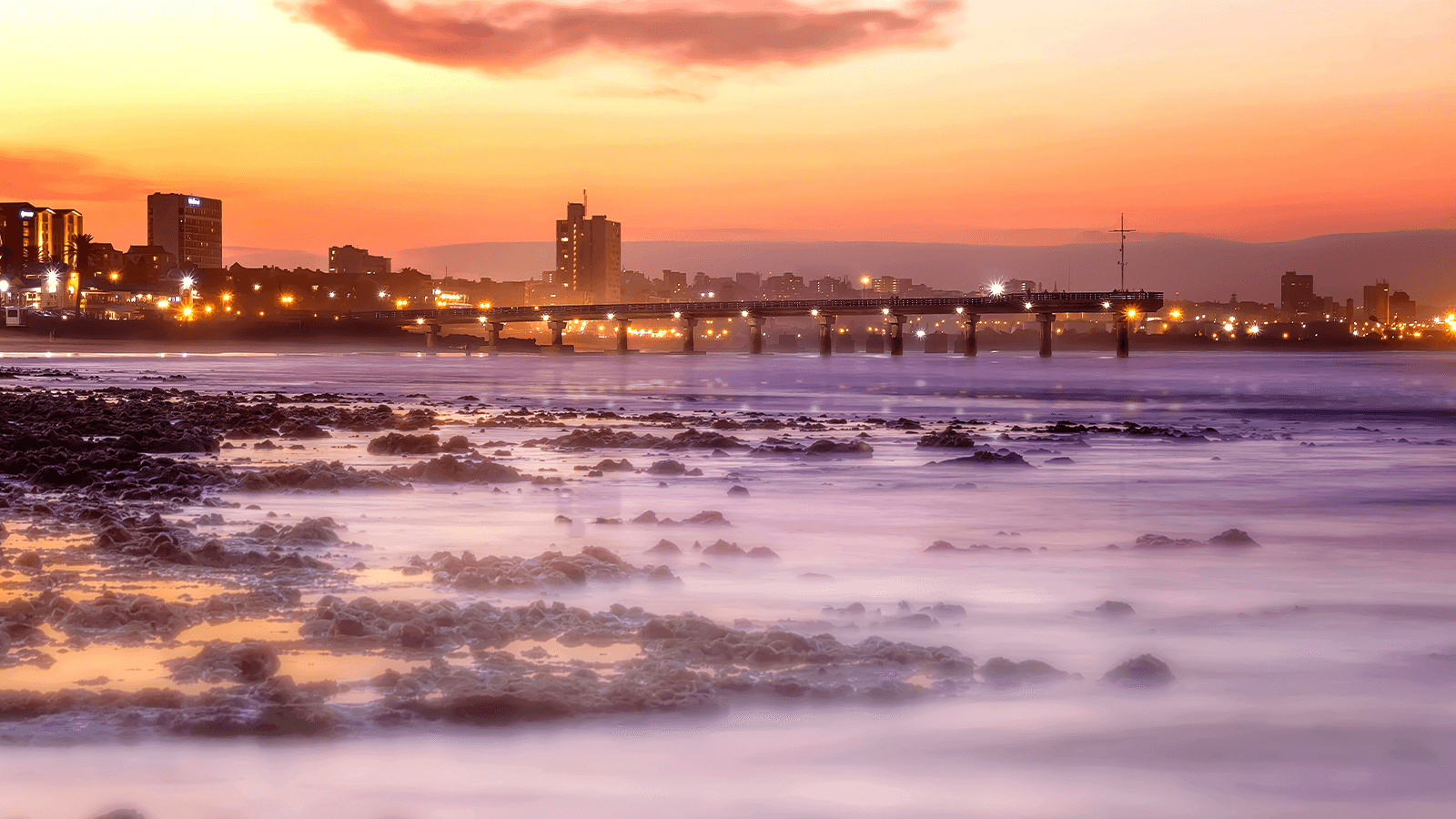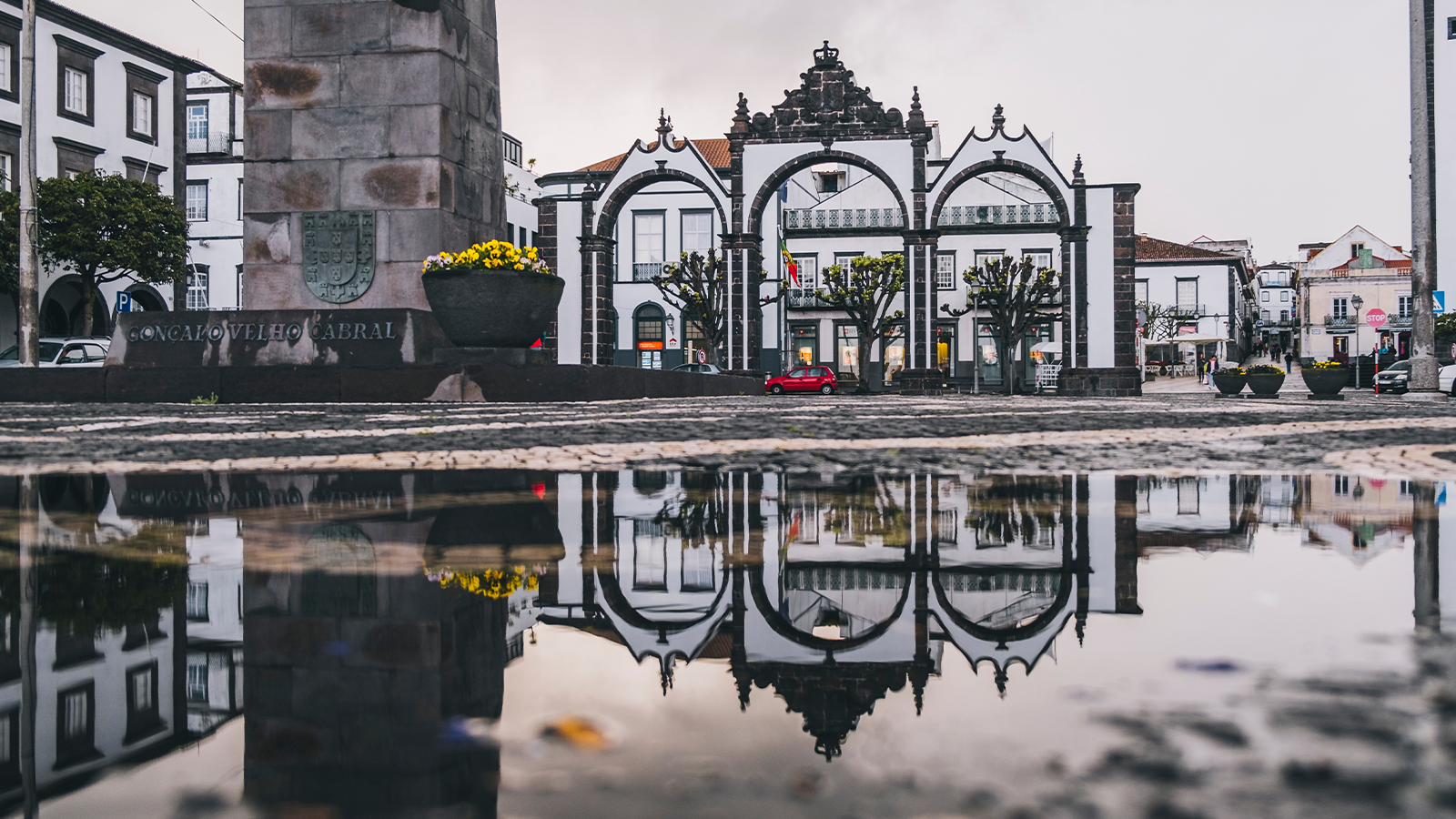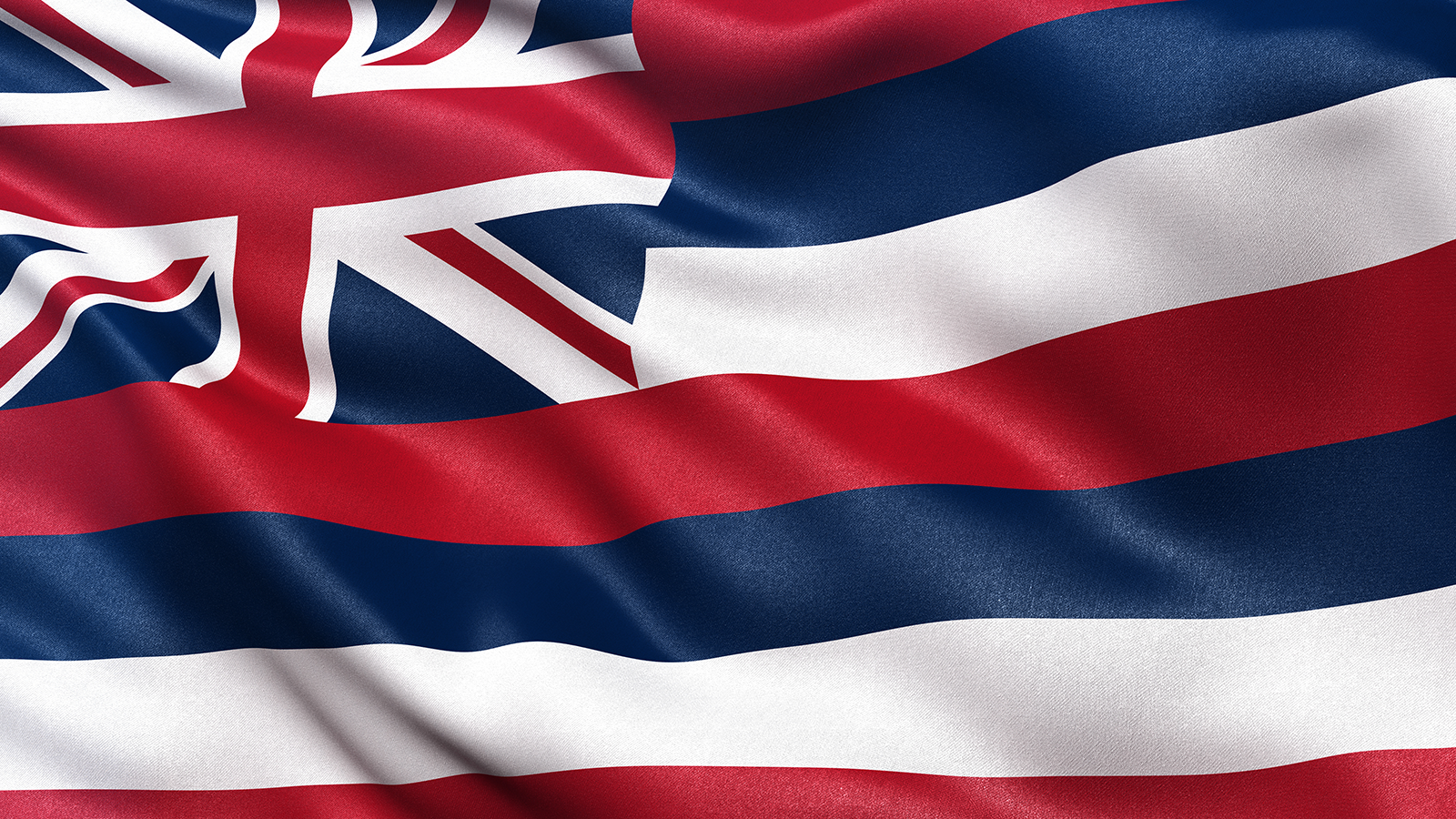
North America and the RMS Queen Mary: A Scottish love story
Built upon the bonnie banks of Scotland's River Clyde, Cunard's RMS Queen Mary stole the beating heart of America. When Japanese scrap merchants threatened to destroy the liner, America took action to ensure the survival of their Scottish-built sweetheart. It's a love story like no other
Americans enjoy a well-documented love affair with all things Scottish. You only need to observe New York's Tartan Week, California's Grandfather Mountain Highland Games or the nation's cultural obsession with Whisky.
To clock the Caledonian undercurrent that powers real-time Americana is to understand what makes the USA so great. The RMS Queen Mary, with her origins rooted in Scotland's shipbuilding legacy, is a testament to this affinity. Almost akin to an ocean-going Tilda Swinton, the Americans fight tooth-and-nail to keep Queen Mary on American territory.
Born from the Glaswegian shipyards of John Brown & Company in Clydebank, Scotland, Cunard's majestic liner radiates an intricate blend of Scottish craftsmanship and transatlantic prowess – an amalgamation that captured not only the oceanic hearts of yesteryear, but also modern-day devotion from those who reside across North America.
The allure of the Queen Mary for Americans began even before her maiden voyage in 1936. As the world’s largest and most luxurious ocean liner at the time, she represented a level of opulence and engineering that went unmatched. Her interiors were designed by British and Scottish craftsmen, boasting Art Deco elegance that dazzled all who stepped aboard.
This ship wasn’t just a means of transportation; it was a floating palace that welcomed passengers to an era of glamour and sophistication. The liner quickly became a symbol of adventure and luxury, weaving herself into the cultural fabric of America – acting as the ultimate chaperone for venture between continents.

The Queen Mary and WWII: A floating fortress
The romance between North America and the Queen Mary deepened throughout World War II. Requisitioned as a troopship, the Queen Mary played a crucial role in transporting soldiers across the Atlantic.
Nicknamed the 'Grey Ghost'due to her colour and speed, she carried more than 800,000 troops during the war, including General Dwight D. Eisenhower and Sir Winston Churchill. Her ability to outrun enemy submarines made her a vital asset, and she often travelled alone, relying on her speed for protection.
She was, quite literally, the allies' greatest maritime virtue; Lara Croft of the seas. According to Churchill, RMS Queen Mary's indefatigable nature helped to shorten the war by a full two years.
Got sensitive documents to dispatch across enemy-infested waters? Send the Queen Mary. Need to transport thousands of men in one trip? Send for the Queen Mary. Require safe passage for allied leaders across rough oceans infiltrated by steroid-fed German submarines? Summon the Queen Mary.
This period of service transformed the Queen Mary from a luxury liner into a war hero, solidifying her reputation as "one hell of a ship" and gaining the respect and admiration of an entire generation upon both sides of the Atlantic.
Of course, this was not the first heroic transportation venture born from a Scottish-American mantra. Scotsman Alexander Winton built one of the first US cars and broke the speed record in 1900, having also been the first man to drive across the United States. And that's only the tip of the iceberg.

David Buick, a Scottish emigrant, founded the Buick automotive company in 1903, while William Blackie created Caterpillar Tractor. Alexander Graham Bell, and his partner Langley, created the first flying machine (the Bell-Langley airplane), whereas Lockhead was founded by two brothers, whose Scottish name was Loughhead.
Then there's Donald Douglas with his first commercial plane, the 1935 DC-3. Scotsmen had basically ensured that North America became mobile. It's only natural, then, that a Scottish-built ship would become the iron-clad dame of American affection.
The Queen Mary’s wartime contributions remain legendary, as her stoic exploits are passed down between generations. Some of those exploits still hold remarkable records unlikely to surpass, such as the mission where she transported over 16,000 soldiers in a single voyage, a record that remains unbroken.
Her role in Operation Bolero, transporting U.S. troops to Europe in preparation for the D-Day invasion, was pivotal to keeping evil at bay during a fraught turning point in military operations.
The ship’s resilience and the bravery of those on board are celebrated aspects of her legacy. This period of heroism and hardship fostered deep respect and admiration for the Queen Mary among Americans, who viewed her as a symbol of strength and perseverance.
A highly romanticised aspect of Scottish ingenuity and dependence only added to the ship's reputation during a time when other Scottish descendants – including Douglas MacArthur, George Marshall and Grace Murray Hopper – steered combat towards allied victory.

Post-war glamour and Hollywood stardom
After the war, the Queen Mary returned to her former glory as a passenger liner, once again offering transatlantic voyages. Her decks became the playground for the rich and famous, hosting Hollywood stars, royalty, and dignitaries.
Cary Grant, Audrey Hepburn (later to be a ship godmother), and Elizabeth Taylor are just a few of the luminaries who graced her salons and staterooms. By this point, RMS Queen Mary was more than just a ship; she was a floating symbol of post-war optimism and prosperity. Where she once kept our lads safe in foreign lands, the ship now showed people the world.
Americans flocked to experience the glamour and grandeur that the Queen Mary promised, further cementing her iconic status amid post-war appreciation. Each time the ship slung into an American port warranted celebrations usually reserved for Presidential dignitaries.
Words cannot express how much love the Yanks felt for her. Imagine Romeo and Juliet, except Juliet weighs 80,700 tonnes, and is made from glass, marble, metal, enamel and linoleum.
Unlike the cinematic war heroes portrayed on the silver screen, Cunard's liner was very much real. She could be experienced in full and glorious Technicolor, and her popularity never ceased.
Rival shipping lines may have provided fresher and more modern ships (such as the SS Normandie) that offered more speed and contemporary ingenuity, but they could not compete with the Queen's galvanised historical importance.
A classic is a classic, after all, and Hollywood understood the ship's ability to attract an audience.

Alfred Hitchcock utilised the ship when directing Dial M for Murder, Preston Sturges filmed The Lady Eve throughout the liner, whereas Frank Sinatra attempted to steal cargo from the Cunard icon in 1967's Assault on a Queen.
Hollywood’s love affair with the Queen Mary didn’t end with her passenger service. The ship has provided Hollywood with an art deco sound stage for over 50 years, adding to her mystique and allure. We're talking about The Poseidon Adventure (1971), The Godfather Part II (1974), Martin Scorsese's The Aviator (2002), Richard Attenborough's Chaplin (1992) and Clint Eastwood's Blood Work (2002).
More recently, slow-burning cult classic Haunting of the Queen Mary (2023) was based almost entirely on the ship. Then there's the world of TV, which has witnessed crews descend from MacGyver, It's Always Sunny in Philadelphia, The X Files, The Love Boat and Murder, She Wrote – to name but a few.
From horror films to documentaries, her presence on screen has kept her in the public eye, feeding the fascination of new generations. Those stylish interiors and historic significance make her a popular setting for period dramas and historical pieces, with production companies traversing the globe purely to film onboard. Here's looking at you, Downton Abbey.
The Queen Mary’s connection to Hollywood has only deepened the affection that the Yanks have for her, intertwining her story with the glamour and allure of Americana. She's in good company as a Scottish icon popular with moviegoers – from Sean Connery to Brian Cox, Deborah Kerr to Karen Gillan, Gerard Butler to David Tennant and James McAvoy, and Billy Connolly and Robbie Coltrane. The Queen Mary perhaps tops them all. Alba gu bràth!

A new home in Long Beach: From liner to legend
In 1967, after three decades of service, the Queen Mary retired from transatlantic crossings and found a new home in Long Beach, California. Her transformation from a transatlantic liner to a stationary hotel and museum marked a new chapter in her story, yet that blissful retirement very nearly didn't happen.
From the moment RMS Queen Mary was earmarked for sale, scrap tycoons feverishly enquired about her purchase price. There was serious money to be made in dismantling the proud Queen, and profit chasers knew it. As the swinging Sixties approached its crescendo of style-meets-reality, the past was something to be left behind for historians; rather than a basis for future marketing.
Cunard didn't hold out. They had no plans for conservation and made little-to-no effort when hunting down a port-based retirement for their ex-flagship. It was all about moving forward with the brand-new QE2. When a Japanese scrap merchant pushed forward with an eye-watering offer ($3,250,000, roughly $50 million by today's inflation rate), the Queen Mary's fate appeared to be sealed.
Destiny suggested that the ship would be piloted to the Far East before being shredded to ribbons, but the Yanks had something to say about that. The hell was America going to let their war hero perish in a far-off breakers' yard.
The world braced for a final goodbye, but then – in a move befitting Clint Eastwood's glaring persona – the Californian city of Long Beach submitted a rescue offer at the last minute. Cunard bigwigs naturally accepted the fresh $3,450,000 bid (roughly £52.5 million by today's standards), sending the Japanese home empty-handed.
This move turned her into a permanent fixture of American culture, with visitors from across the country and around the world flocking to Long Beach to explore her historic decks, luxurious staterooms, and grand ballrooms. The Queen Mary’s new role as a tourist attraction has allowed her legacy to continue, giving people the chance to step back in time and experience a piece of history.
RMS Queen Mary’s current role as a hotel, museum, and event venue has only enhanced her status within the annuls of Americana. She hosts everything from weddings and corporate events to ghost tours and historical exhibits. Her reputation as one of the most haunted places in America adds an element of intrigue and mystery, attracting paranormal enthusiasts and curious tourists alike.
The Queen Mary’s ability to adapt and reinvent herself has ensured her place as a beloved icon. She is not just a ship; she is a living, breathing part of history, cherished by millions.

A symbol of innovation and resilience
RMS Queen Mary stands as a testament to human ingenuity and resilience, symbolising the relationship that Scotland and the United States of America share. Her construction in the 1930s was a feat of engineering, representing the pinnacle of contemporary shipbuilding technology.
Her service during World War II showcased a strong Glaswegian-style versatility, while her post-war career highlighted her oh-so-British luxury and elegance; a vibe that Cunard still retains today.
The ex-Cunard liner’s ability to endure and thrive through changing times reflects the American and Scottish spirit itself. She embodies the values of innovation, determination, and adaptability that are celebrated in North American culture, with the glorified heroism of a Scottish birth. Her story is one of triumph and transformation, echoing the larger narrative of progress and change that defines the American experience.
Her presence in Long Beach serves as a reminder of the golden age of ocean travel and the critical role ships like the Queen Mary played in shaping the 20th century. The ship’s historical significance is preserved through meticulous restoration efforts, ensuring that future generations can continue to marvel at her grandeur. The Yanks are so invested in the ship's wellbeing that she won't be going anywhere anytime soon.

An enduring love affair
RMS Queen Mary’s enduring popularity in North America is a love story that spans decades. From her Scottish beginnings to her wartime heroics and Hollywood glamour, she has captured the hearts and imaginations of countless individuals.
Her legacy as a symbol of luxury, resilience, and innovation continues to inspire with gusto; if someone could bottle that essence, they'd make an epic president.
The liner’s journey is a testament to the power of history and the enduring appeal of a true icon. As she rests in Long Beach, she remains a beloved part of American culture, a testament to the timeless allure of the ocean liner and the romantic era of transatlantic travel; the ultimate gift from a once-industrial country on the other side of the world.
This love affair with the Queen Mary is more than just an appreciation for a ship; it’s a celebration of a rich history filled with adventure, heroism, and glamour.
The ship’s grand story is a reminder of the enduring connection between America and Scotland, a bond forged through shared history and mutual admiration.
As Americans continue to explore her decks and learn her stories, RMS Queen Mary’s legacy will live on as a cherished segment of heritage that continues to energise and unite the new world. Alba gu bràth, yo.
























